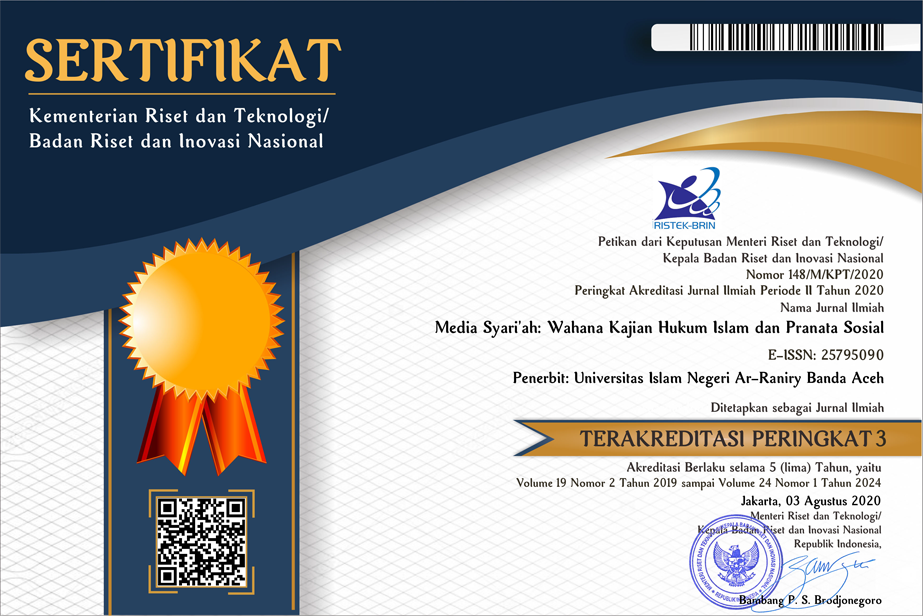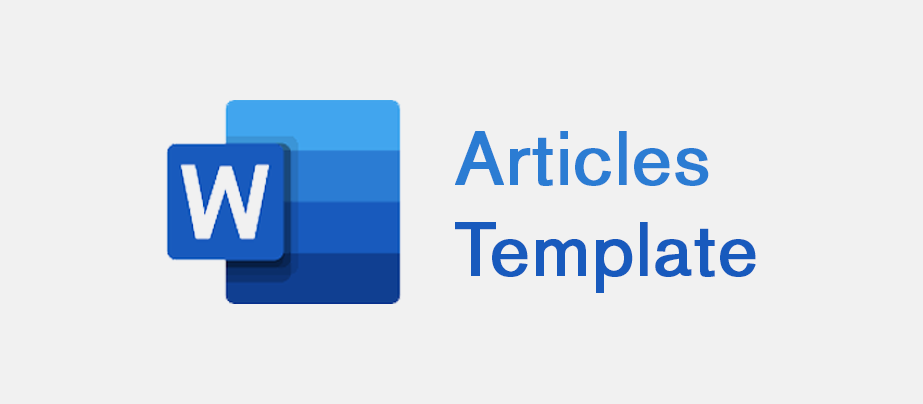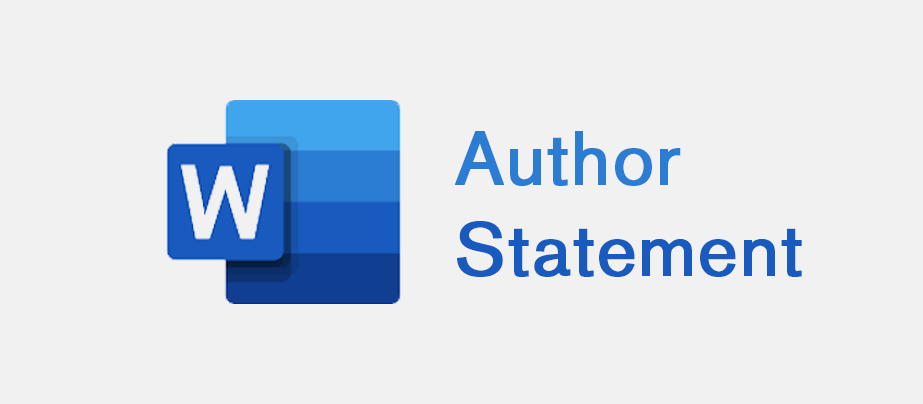MALAY ANNALS ON PERSIA: The Question of Royal Identity
DOI:
https://doi.org/10.22373/jms.v15i1.1763Keywords:
Malay Annals, Persia, Royal IdentityAbstract
This article tries to see the important points of reading Malay Annals which can be highlighted into two points: First, genealogically and the Second, the use of religion Abraham as a way to connect their kingdoms to global communities.References
Endnotes:
Al-Tabari, Tafsir al-Tabari, (N.p.: al-Maktabah al-Tawfiqiyah), 16:15. For more discussion on Alexander in Quranic exegeses, see Paul Weinfield (2008: Chapter II).
See al-Tabari (1987: vol. 2, h. 23).
Al-Tabari (1987, vol. 4, h. 87-98) for example, has a special section on the battle between Darius and
Alexander and Persia after Alexander conquered Persia.
Paul Weinfield, The Islamic Alexander, vii, ix.
See Al-Tabari (1987: vol. 5, h. 154-157). For a further analysis for Anushirwan’s reform see Robinson
(2010: 122, 123, 127, 128, 129).
Johannes Jacobus Ras, Hikayat Banjar, diterjemahkan oleh Siti Hawa Salleh (Kuala Lumpur: Dewan
Bahasa dan Pustaka Kementrian Pendidikan Malaysia, 1990), 237.
See Malay Annals (1970: 63). Raja Tanjung Pura is the brother of Sri Tri Buana, the founding father of
Malay kingdom (Malay Annals, 1970: 5).
“In the Memory of Ahl al-Bayt: The 16th Century Malay Muhammad bin al-Hanafiyah†forthcoming.
It is reported that Harun al-Rasyid saw the body of Nushirwan Adil is still intact. Quoting the saying of the Prophet, his religious advisor say that this is because Nushirwan is a just ruler, hence his body will be protected even from the hell fire. See Bukhari al-Johari, Tajussalatin (1979: 58).
Downloads
Published
Issue
Section
License
MEDIA SYARI'AH: Wahana Kajian Hukum Islam dan Pranata Sosial has CC-BY-SA or an equivalent license as the optimal license for the publication, distribution, use, and reuse of scholarly work. Authors who publish with this journal agree to the following terms:
1. Authors retain copyright and grant the journal right of first publication with the work simultaneously licensed under a Creative Commons Attribution-ShareAlike 4.0 International License that allows others to share the work with an acknowledgment of the work's authorship and initial publication in this journal.
2. Authors are able to enter into separate, additional contractual arrangements for the non-exclusive distribution of the journal's published version of the work (e.g., post it to an institutional repository or publish it in a book), with an acknowledgment of its initial publication in this journal.
3. Authors are permitted and encouraged to post their work online (e.g., in institutional repositories or on their website) prior to and during the submission process, as it can lead to productive exchanges, as well as earlier and greater citation of published work (See The Effect of Open Access).
You are free to:
Share — copy and redistribute the material in any medium or format.
Adapt — remix, transform, and build upon the material for any purpose, even commercially.
The licensor cannot revoke these freedoms as long as you follow the license terms.
All papers published in MEDIA SYARI'AH: Wahana Kajian Hukum Islam dan Pranata Sosial are licensed under a Creative Commons Attribution-ShareAlike 4.0 International License.



.png)


.png)
.png)
.png)



